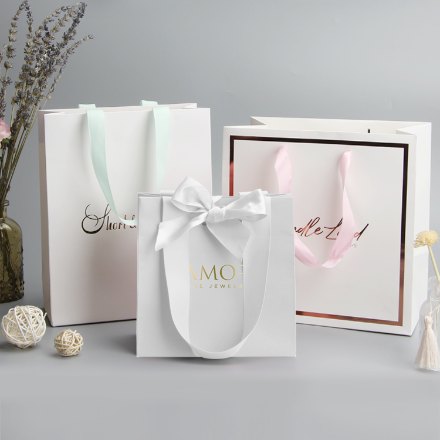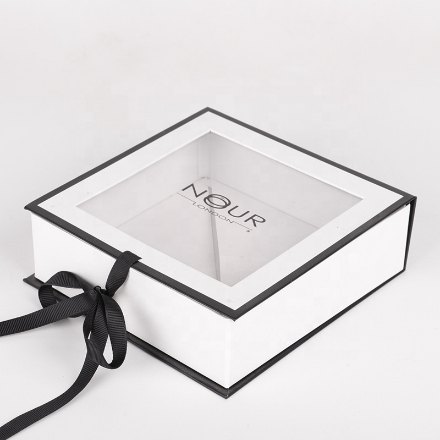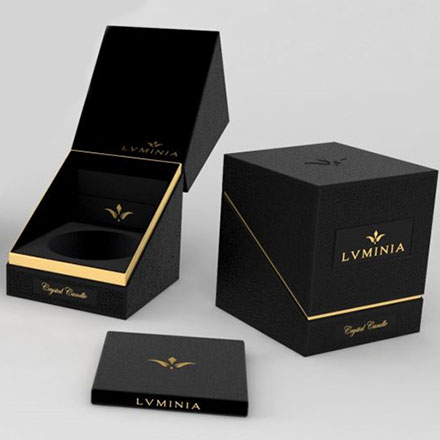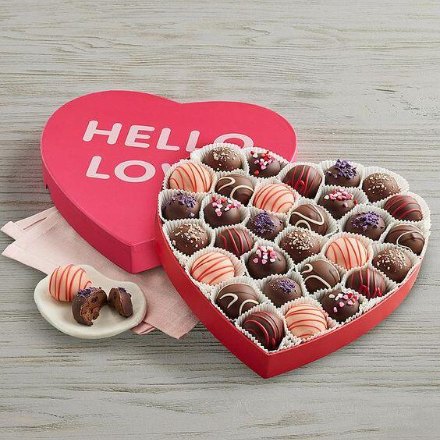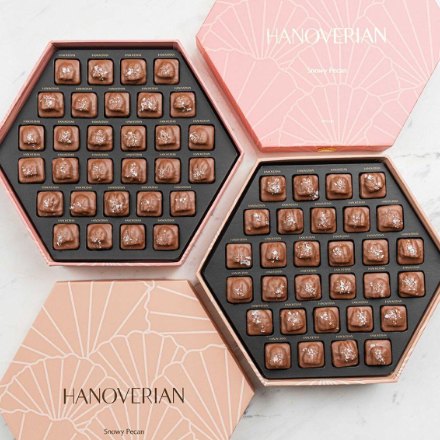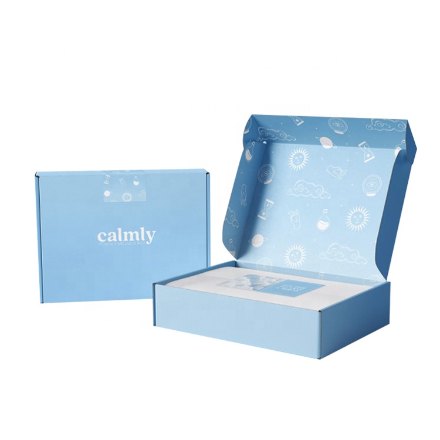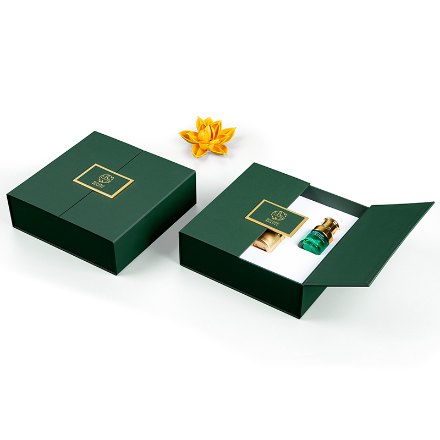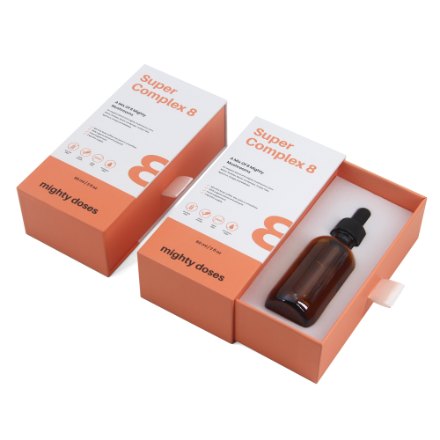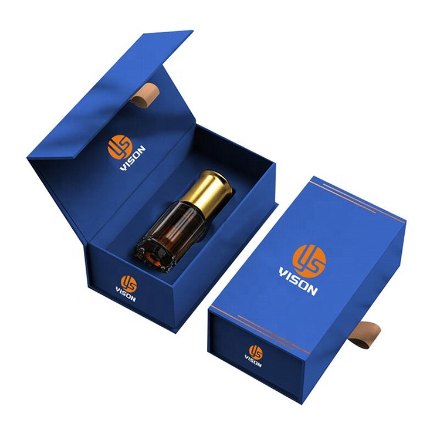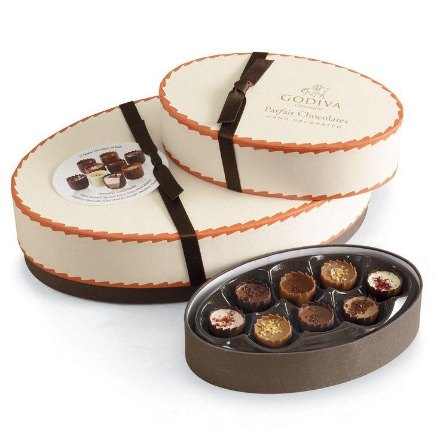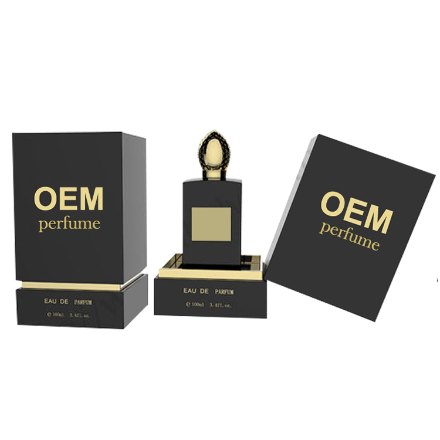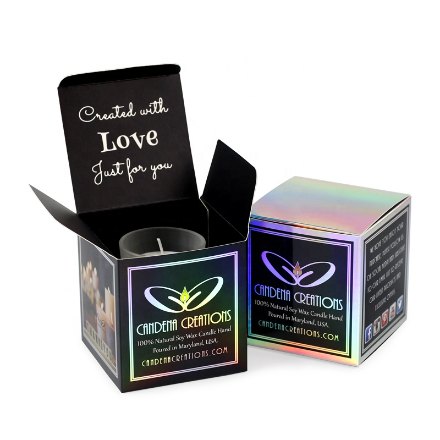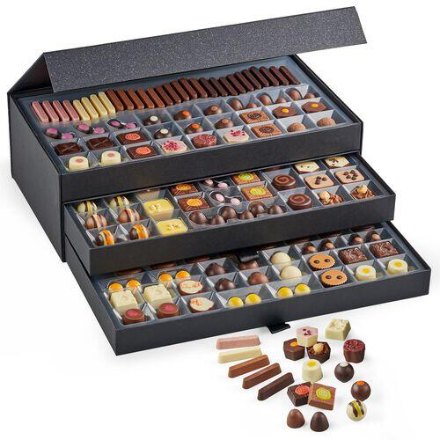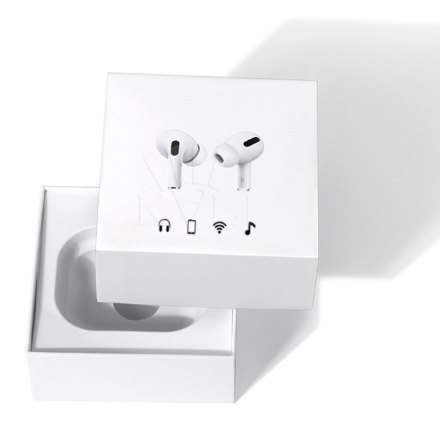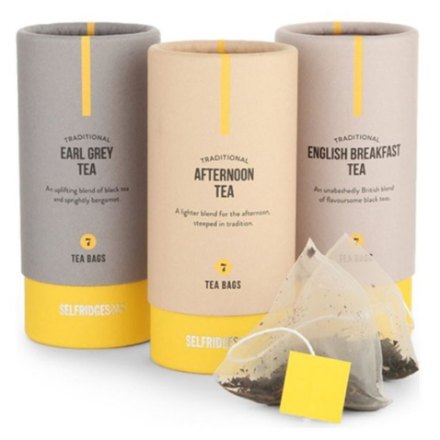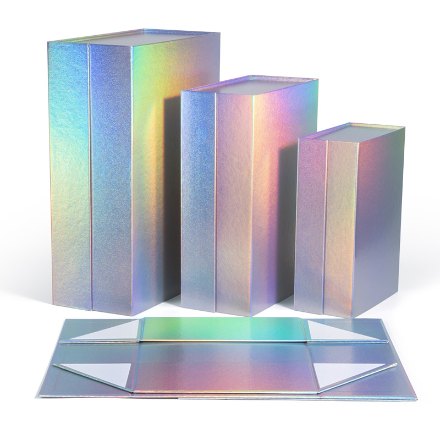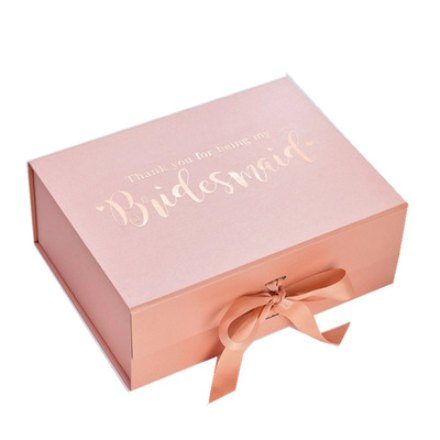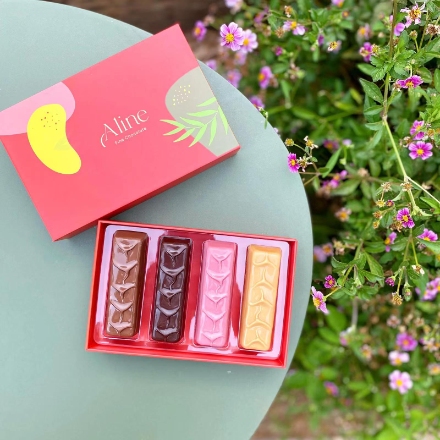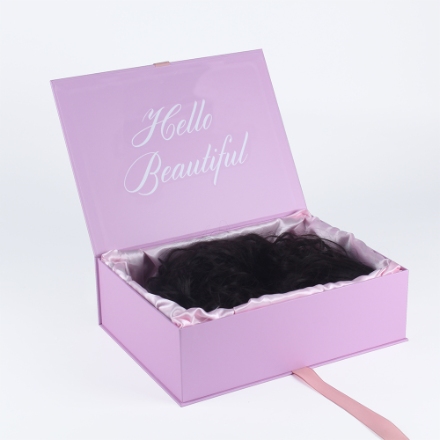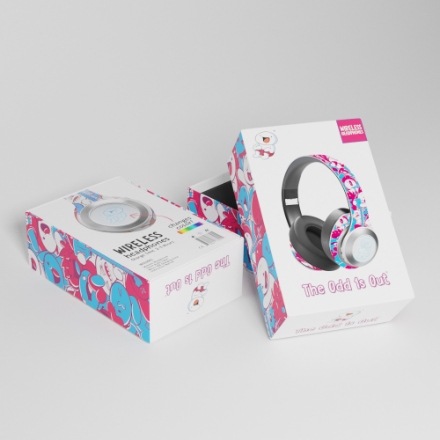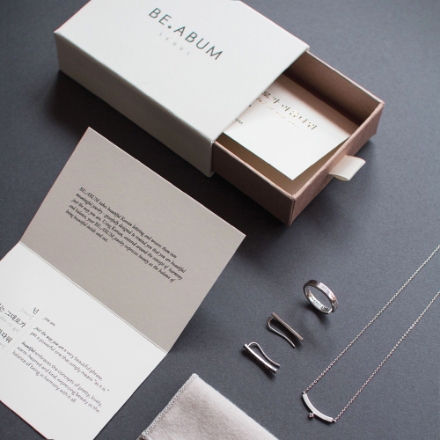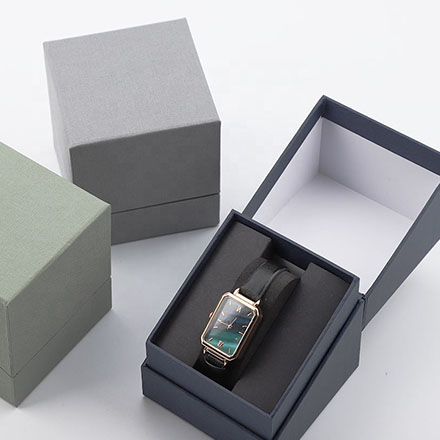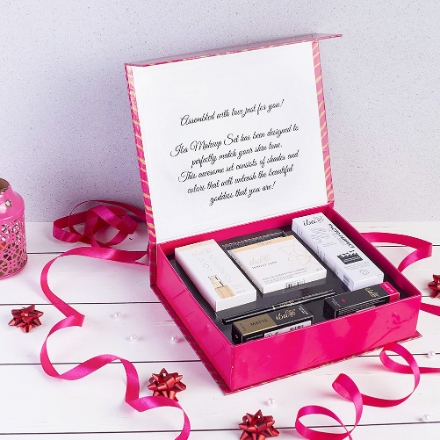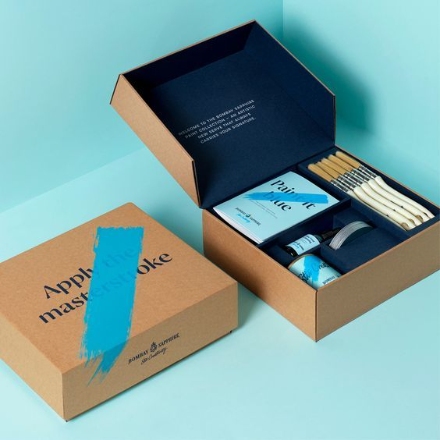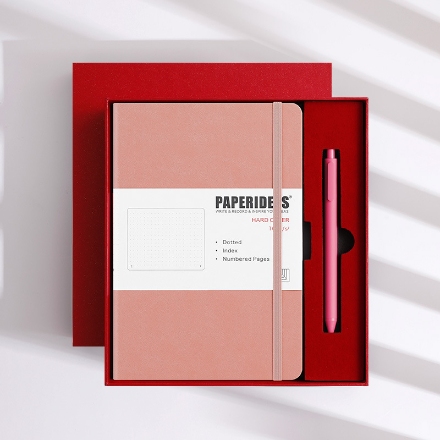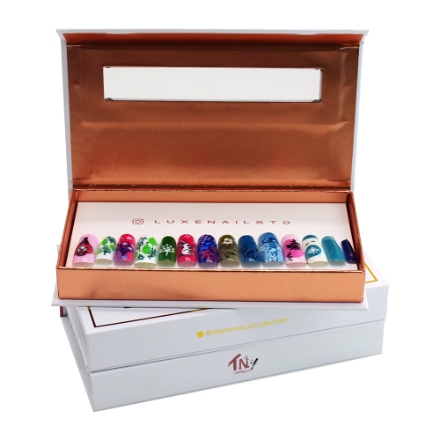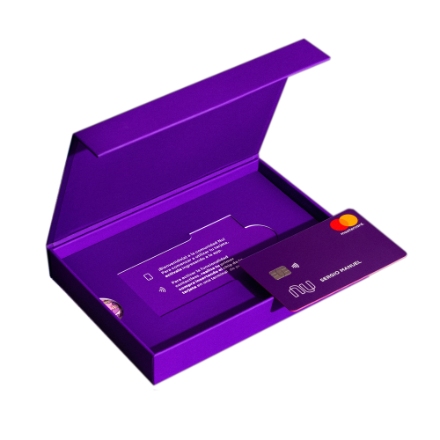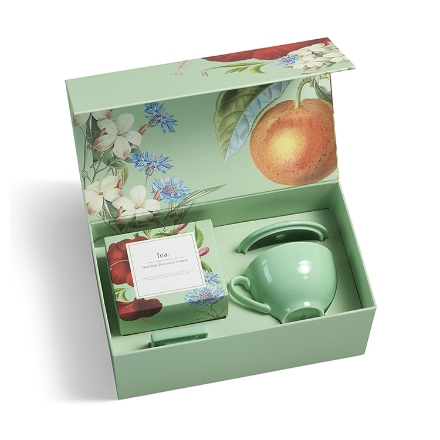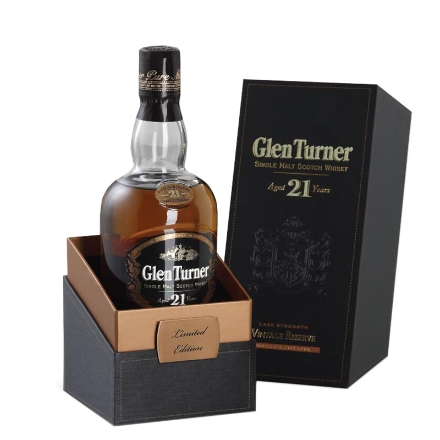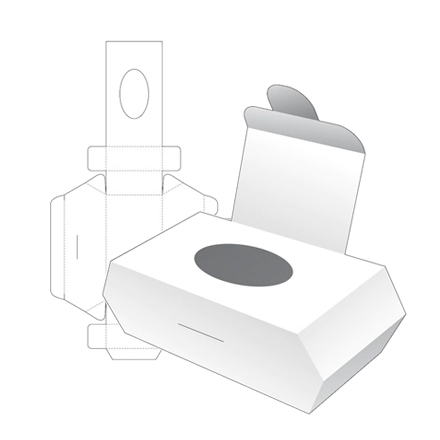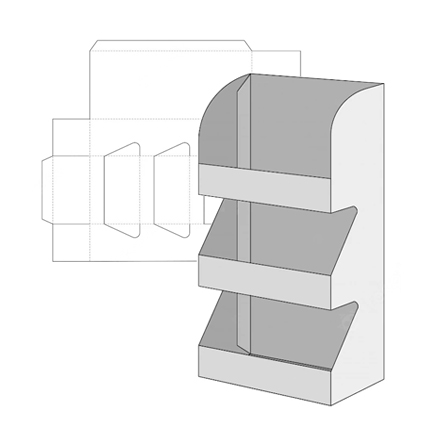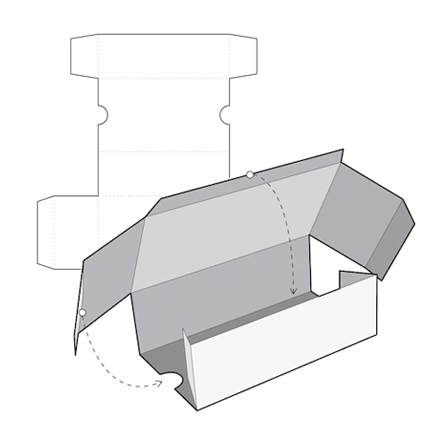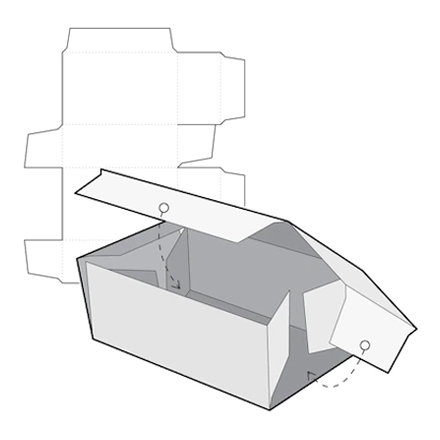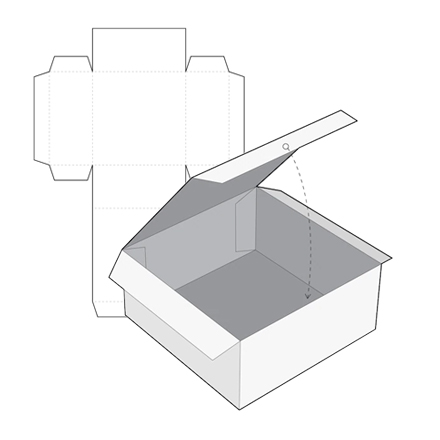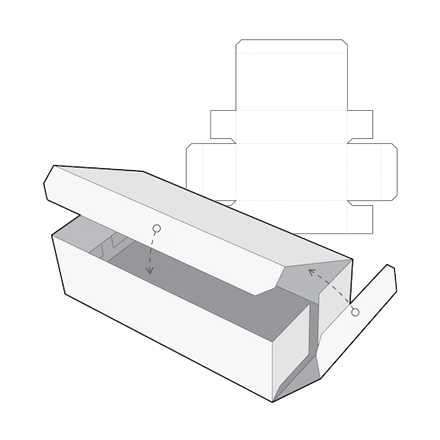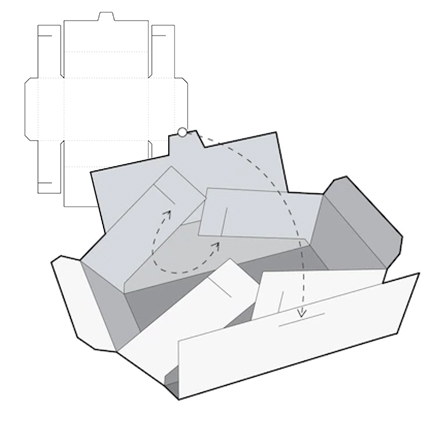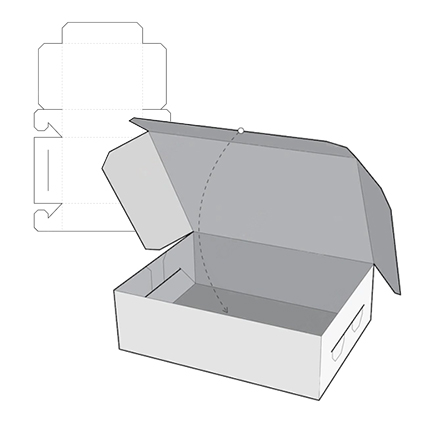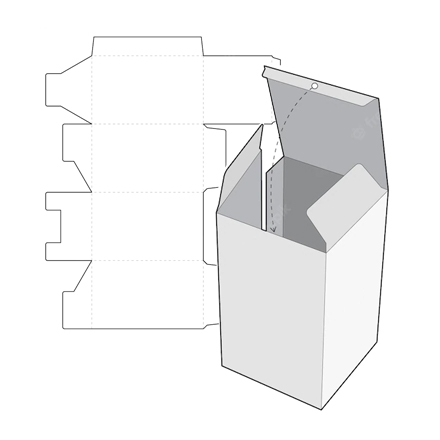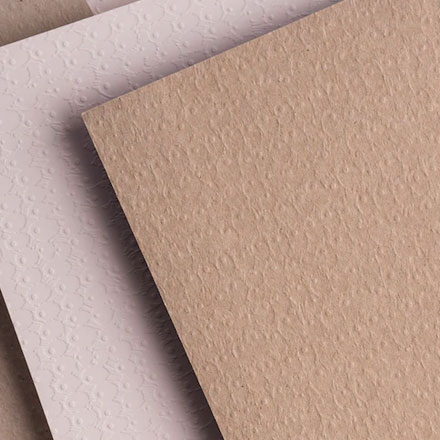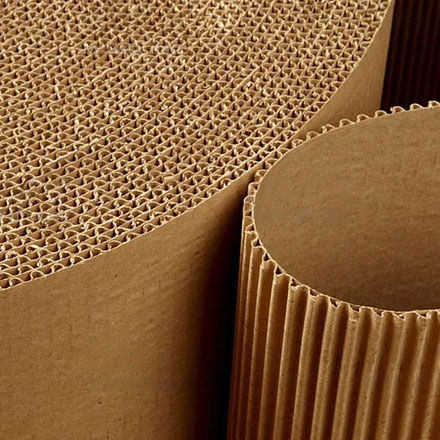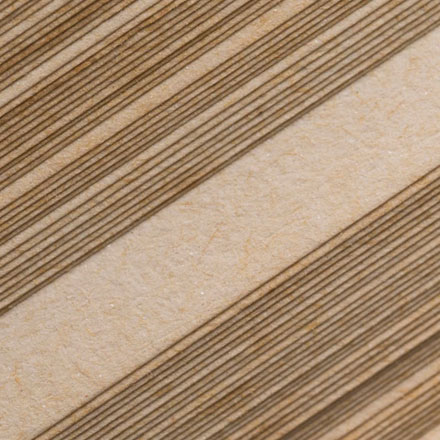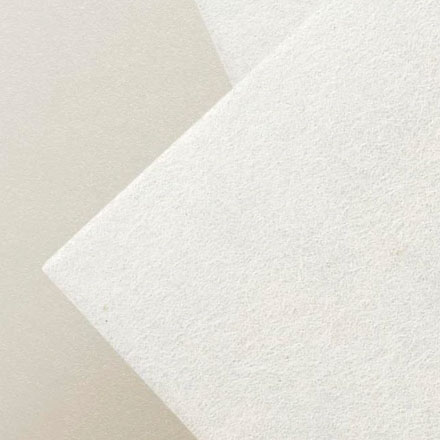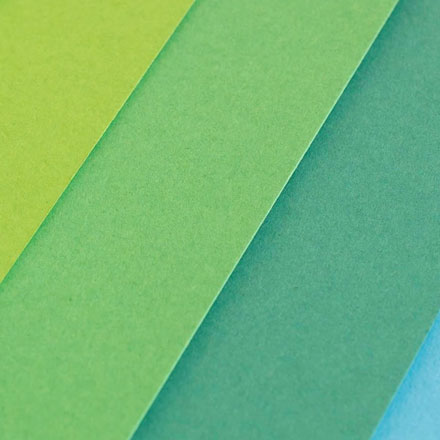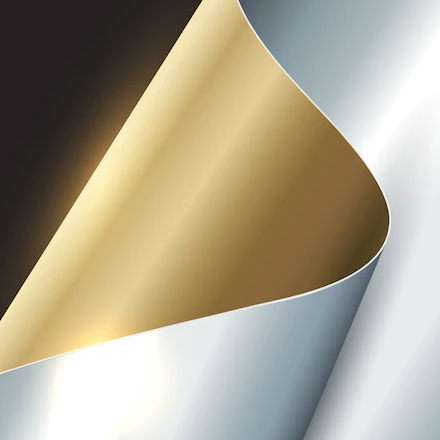Why Cardboard Lunch Boxes Wholesale are Gaining Popularity
The cardboard lunch box market has been steadily growing in recent years, driven by shifting consumer preferences towards eco-friendly packaging solutions. With sustainability becoming a paramount concern for individuals and businesses alike, cardboard lunch boxes offer a viable alternative to traditional plastic and Styrofoam containers. In this blog, we will delve into the market analysis and trends surrounding cardboard lunch boxes wholesale, exploring key players, consumer behavior, market segmentation, emerging trends, and the role of JERL as a leading manufacturer in the industry.
Market Analysis and Trends
The cardboard lunch box market has witnessed significant growth, attributed primarily to increasing awareness of environmental issues and a rising demand for sustainable packaging solutions. According to recent industry reports, the global market for cardboard lunch boxes is projected to expand at a compound annual growth rate (CAGR) of over 5% during the forecast period. Key players in the market include established packaging companies, as well as emerging startups focusing on eco-friendly alternatives.
Consumer behavior plays a crucial role in driving the demand for cardboard lunch boxes. With growing concerns about plastic pollution and the environmental impact of packaging waste, consumers are actively seeking out sustainable options. This shift in consumer preferences has led to a surge in demand for eco-friendly packaging solutions across various sectors, including food service, retail, and e-commerce.
Market segmentation for cardboard lunch boxes encompasses a diverse range of industries and target audiences. From schools and workplaces to catering services and food delivery platforms, there is a widespread demand for convenient and environmentally friendly packaging solutions. Manufacturers like JERL cater to these diverse needs by offering a wide range of cardboard lunch boxes in different shapes, sizes, and designs to suit various applications.
Emerging trends in the cardboard lunch box market focus on customization options, sustainable materials, and innovative designs. Consumers are increasingly seeking personalized packaging solutions that reflect their unique preferences and brand identities. Additionally, there is a growing emphasis on using sustainable materials such as biodegradable coatings and recycled cardboard to reduce the environmental footprint of packaging.
Consumer Needs and Demands
Consumer needs regarding lunch box packaging revolve around convenience, sustainability, and hygiene. Individuals and businesses alike seek packaging solutions that are easy to use, environmentally friendly, and safe for food storage and transportation. Cardboard lunch boxes address these needs effectively, offering a lightweight, durable, and recyclable option for packaging meals on the go.
Specific demands for cardboard lunch boxes vary across different sectors. Schools and educational institutions require packaging that is child-friendly, leak-proof, and easy to dispose of. Workplaces and office environments prioritize packaging that is convenient for employees to transport and store their meals. Catering services and food delivery platforms demand sturdy and stackable packaging that can withstand transportation and ensure food safety.
Factors influencing purchasing decisions for cardboard lunch boxes include price sensitivity, brand reputation, and product quality. While cost-effective solutions are essential for businesses looking to minimize expenses, consumers are also willing to pay a premium for sustainable and high-quality packaging options. Brand reputation plays a significant role in consumer trust and loyalty, with reputable manufacturers like JERL gaining a competitive edge in the market.
Design Ideas and Innovations
Creative design concepts for cardboard lunch boxes encompass a wide range of shapes, sizes, and artwork. Manufacturers like JERL offer customizable options to meet the unique branding and packaging needs of their clients. Functional design features such as compartments, closures, and handles enhance the usability and convenience of cardboard lunch boxes, making them ideal for various food service applications.
Innovative design elements such as biodegradable coatings, ventilation systems, and interactive packaging are gaining traction in the market. These features not only enhance the sustainability and functionality of cardboard lunch boxes but also provide an engaging and memorable experience for consumers. Collaboration between packaging designers and brands is key to creating visually appealing and functional solutions that resonate with target audiences.
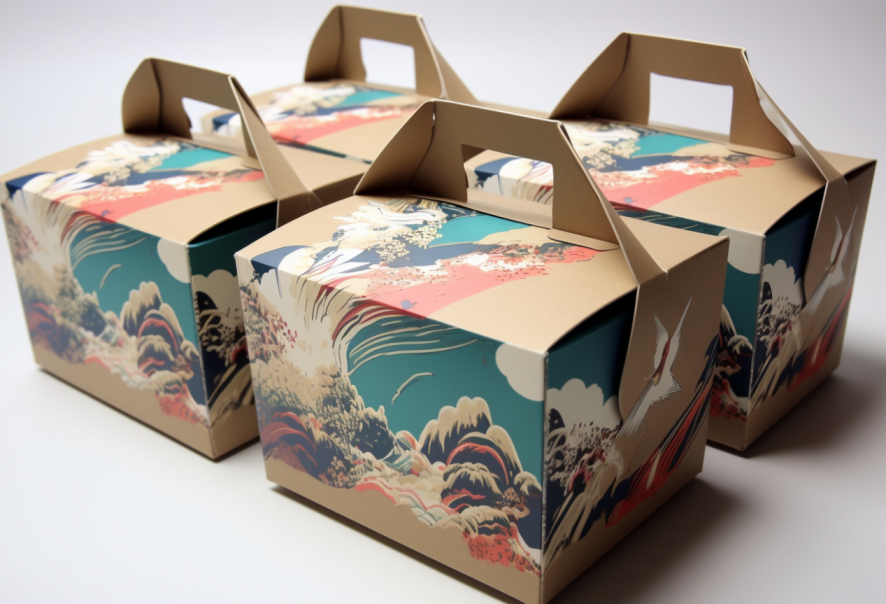
Sustainable Solutions: Embracing Eco-Friendly Alternatives
1. Environmental Challenges of Traditional Materials
Plastic and Styrofoam lunch boxes have long been the go-to choice for packaging meals due to their affordability and durability. However, these materials pose significant environmental challenges. Plastic pollution has become a global crisis, with millions of tons of plastic waste ending up in landfills and oceans each year. Styrofoam, while lightweight and insulating, is non-biodegradable and can persist in the environment for centuries, contributing to pollution and harm to wildlife.
2. The Eco-Friendly Attributes of Cardboard Lunch Boxes
In contrast, cardboard lunch boxes offer a sustainable alternative to traditional packaging materials. Cardboard is recyclable and biodegradable, making it an environmentally friendly choice for food packaging. Unlike plastic and Styrofoam, which take hundreds of years to decompose, cardboard breaks down naturally, reducing the burden on landfills and ecosystems. Additionally, cardboard can be sourced from renewable materials such as recycled paper, further minimizing its environmental impact.
3. Sustainable Manufacturing Practices
The cardboard packaging industry is increasingly adopting sustainable manufacturing practices to reduce its environmental footprint. Companies like JERL prioritize materials sourcing from responsibly managed forests and utilize energy-efficient production processes to minimize waste and emissions. Additionally, advancements in technology have led to the development of eco-friendly coatings and inks, further enhancing the sustainability of cardboard lunch boxes.
4. Impact on Brand Reputation and Consumer Loyalty
Companies that prioritize sustainability and implement eco-friendly initiatives often enjoy enhanced brand reputation and consumer loyalty. Case studies of businesses transitioning to cardboard lunch boxes and other sustainable packaging solutions have demonstrated a positive impact on brand perception and customer engagement. Consumers are becoming more conscious of the environmental impact of their purchasing decisions and are increasingly inclined to support brands that align with their values.
Customization and Personalization: Tailoring Packaging to Unique Preferences
1. Meeting Diverse Customer Preferences
Customization plays a crucial role in meeting the diverse preferences of customers and fulfilling branding requirements. With cardboard lunch boxes, businesses have the flexibility to customize various aspects of the packaging, including printing techniques, color choices, and branding placements. Whether it’s a vibrant design for a children’s lunch box or a minimalist aesthetic for a corporate event, customization options allow businesses to tailor packaging to their target audience.
2. Enhancing Customer Engagement and Brand Recognition
Personalized packaging goes beyond aesthetics; it enhances customer engagement and strengthens brand recognition. By incorporating logos, slogans, or unique designs, businesses can create memorable experiences for consumers, fostering brand loyalty and advocacy. Personalized packaging also provides an opportunity for storytelling, allowing brands to communicate their values, mission, and commitment to sustainability.
3. Successful Examples of Customized Packaging
Numerous brands have leveraged customized cardboard lunch boxes to differentiate themselves in the market successfully. From artisanal bakeries offering branded boxes for their pastries to multinational corporations incorporating seasonal themes into their packaging, customization has become a powerful tool for brand differentiation and customer retention. By investing in personalized packaging, businesses can elevate their brand identity and stand out in a crowded marketplace.
1. Potential Growth Opportunities
The cardboard lunch box market presents significant growth opportunities, driven by increasing consumer demand for sustainable packaging solutions. As awareness of environmental issues continues to grow, businesses across various sectors are seeking alternatives to traditional materials. Emerging markets, such as online food delivery and eco-conscious retailers, present untapped opportunities for cardboard lunch box manufacturers like JERL to expand their reach and customer base.
2. Trends and Innovations
The future of the cardboard lunch box industry is marked by trends and innovations that prioritize sustainability, functionality, and consumer engagement. Smart packaging technology, such as QR codes for product information or interactive features for gamification, is expected to gain traction, providing added value to consumers. Material advancements, including biodegradable coatings and compostable additives, will further enhance the eco-friendliness of cardboard packaging solutions.
3. Challenges and Strategies
Despite the promising outlook, businesses entering or expanding in the cardboard lunch box market may face challenges and barriers to adoption. These include regulatory hurdles, competitive pressures, and consumer resistance to change. However, by embracing sustainable practices, investing in innovation, and forging strategic partnerships, companies can overcome these challenges and position themselves for success. Collaboration with suppliers, distributors, and industry stakeholders is essential for driving growth and staying ahead of market trends.
4. Recommendations for Businesses
For businesses looking to enter or expand in the cardboard lunch box market, strategic partnerships and product diversification are key strategies for success. By collaborating with suppliers and distributors, companies can access new markets and distribution channels, expanding their reach and customer base. Additionally, product diversification, such as offering customized packaging solutions for specific industries or events, allows businesses to cater to diverse customer needs and stay competitive in the market.
Conclusion
In conclusion, the cardboard lunch box market is experiencing rapid growth driven by consumer demand for sustainable packaging solutions. JERL, as a leading manufacturer in the industry, is at the forefront of innovation, offering a wide range of customizable options to meet the diverse needs of its clients. With an emphasis on convenience, sustainability, and innovative design, cardboard lunch boxes are poised to become the packaging solution of choice for businesses across various sectors.
JERL has been working hard on the road of custom packaging. Next time when you feel the need to impress someone with your brand, think of JERL Packaging!
